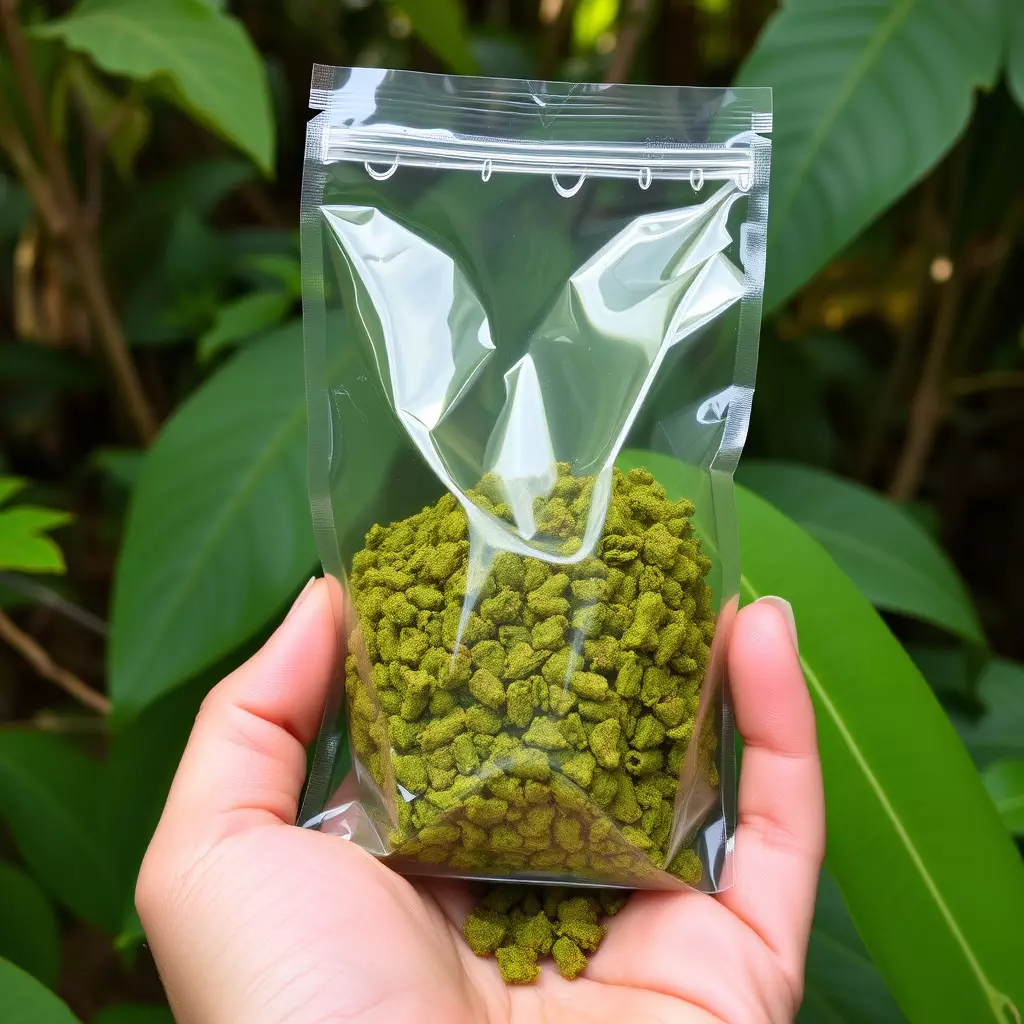Kratom, from the Mitragyna speciosa plant, is gaining attention for its potential role in emotional regulation. Its key alkaloids, mitragynine and 7-hydroxymitragynine, may influence mood and stress response by interacting with opioid receptors in the brain. Early studies suggest kratom could help manage emotional imbalances, offering stress relief and promoting calmness. However, user experiences vary, with some reporting benefits like improved well-being and focus, as well as reduced anxiety and depression symptoms, while noting potential risks of adverse effects and dependency. The effects of kratom are dependent on dosage, strain, individual biochemistry, and emotional targets. Low to moderate doses typically provide tranquilizing and balancing benefits, useful for acute stress or anxiety management. Higher doses can lead to sedation and a reduction in emotional reactivity. The complexity of kratom's influence on emotional regulation underscores the need for cautious use and more research to establish clear guidelines for safe and effective usage. For those interested in incorporating kratom into their relaxation routine as part of emotional regulation strategies, it is crucial to start with low doses, consider individual health factors, follow local laws, and consult healthcare professionals. Combining kratom with a supportive environment and activities like meditation or yoga can enhance its effects for a peaceful and balanced state of mind.
Exploring the therapeutic benefits of natural compounds has become increasingly popular in modern wellness practices. Among these, kratom stands out for its potential role in promoting relaxation and emotional calmness. This article delves into how kratom can be employed for emotional regulation, offering insights through an overview of its effects, a guide on selecting the right strains and dosages, and practical tips for integrating it into a holistic relaxation routine. Discover the nuances of using kratom responsibly to enhance your inner peace.
- Unraveling the Potential of Kratom for Emotional Regulation: An Overview
- Navigating Kratom Strains and Dosages for Enhanced Calmness
- Integrating Kratom into a Holistic Relaxation Routine: Tips and Considerations
Unraveling the Potential of Kratom for Emotional Regulation: An Overview

Kratom, a botanical derivative from the leaves of Mitragyna speciosa, has garnered attention in various health and wellness circles for its potential role in emotional regulation. The plant’s alkaloids, including mitragynine and 7-hydroxymitragynine, are believed to interact with the brain’s opioid receptors, which may contribute to the modulation of mood and stress response. Preliminary research suggests that kratom may offer benefits for individuals seeking to manage emotional imbalances, particularly in modulating stress and promoting a state of calmness. Users report a range of effects, from increased well-being and focus to a reduction in symptoms associated with anxiety and depression. However, it is important to approach the use of kratom with caution; while some individuals may find therapeutic benefits, others may experience adverse effects or rely on it for emotional regulation in a way that could lead to dependency. As such, further research is necessary to fully understand its role in emotional regulation and to establish safe and effective guidelines for its use.
The impact of kratom on emotional regulation is multifaceted and can be influenced by various factors including dosage, strain, individual biochemistry, and the specific emotional state being addressed. Users often report a sense of tranquility and emotional equilibrium at lower to moderate doses, which may be particularly beneficial for those experiencing acute stress or anxiety. Conversely, higher doses are more likely to induce sedative effects, potentially contributing to relaxation and a decrease in emotional reactivity. It is the nuanced interplay between these elements that underscores the need for careful consideration and responsible use. As the scientific community continues to explore kratom’s therapeutic potential, it is crucial to prioritize user safety and evidence-based practices to ensure its benefits can be harnessed without compromising overall well-being.
Navigating Kratom Strains and Dosages for Enhanced Calmness

When exploring kratom for its potential to promote relaxation and emotional regulation, understanding the different strains and their respective dosages is key. Mitragyna speciosa, commonly known as kratom, contains alkaloids that interact with the brain’s opioid receptors, influencing mood and energy levels. The two primary kratom strains are the Indo and Maeng Da varieties, each offering distinct effects. Indo strains are renowned for their calming properties, making them a popular choice for those seeking to alleviate stress and achieve a state of tranquility. Conversely, Maeng Da strains, often considered the strongest in terms of both stimulating and relaxing effects, can offer a more balanced experience, depending on the dose consumed.
For those new to kratom, it is advisable to start with a low dosage to gauge individual sensitivity and effects. Typically, a small amount (1-2 grams) can produce mild sedative effects, aiding in emotional regulation and fostering a sense of calmness. However, the optimal dosage can vary greatly from person to person, and it is crucial to approach kratom use with caution and responsibility. Experienced users may require a higher dosage (3-5 grams) to achieve the desired relaxation effects without veering into sedative territory. It is also important to consider that the timing of consumption, personal physiology, and the environment in which kratom is used can influence its effectiveness for promoting calmness. Always prioritize safety and adhere to local regulations when using kratom for its potential benefits in emotional regulation and relaxation.
Integrating Kratom into a Holistic Relaxation Routine: Tips and Considerations

Incorporating Kratom into a holistic relaxation routine can be a nuanced process that requires careful consideration for optimal emotional regulation. Kratom, derived from the leaves of the Mitragyna speciosa tree, has been traditionally used for its potential calming effects. When seeking to integrate Kratom into your daily relaxation practice, it’s crucial to select strains known for their relaxing properties, such as Bali or Indo strains. These strains are often associated with a sedative effect that can aid in winding down and fostering a sense of tranquility. To enhance this experience, consider creating a soothing environment conducive to relaxation. This might involve dimming the lights, playing soft music, or engaging in activities that promote mental clarity, such as meditation or gentle yoga. It’s also important to adhere to recommended dosages and to be mindful of how Kratom interacts with your body and individual well-being. Regularity in usage can play a significant role in achieving the desired effects for relaxation. Always consult with a healthcare provider before introducing Kratom into your routine, especially if you have underlying health conditions or are taking other medications. By harmonizing Kratom with other relaxation techniques, individuals can craft an individualized routine that effectively supports emotional regulation and facilitates a state of calmness.
In conclusion, the exploration of kratom’s potential in promoting relaxation and emotional regulation reveals a promising avenue for those seeking natural methods to enhance their calmness. By understanding the nuances of different kratom strains and carefully considering dosages, individuals can integrate this botanical into a holistic relaxation routine effectively. It is imperative to approach the use of kratom with caution, adhering to safe practices and staying informed on its effects and legal status. Emotional regulation with kratom may serve as a valuable addition to wellness practices when employed responsibly and in conjunction with other healthy lifestyle choices. As research continues to unfold, it is clear that kratom could play a significant role in the quest for tranquility and emotional balance.






